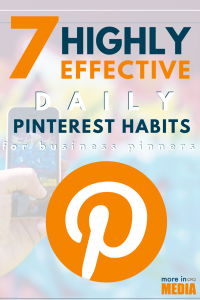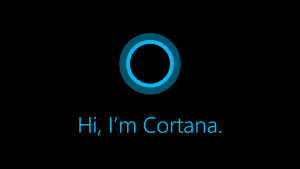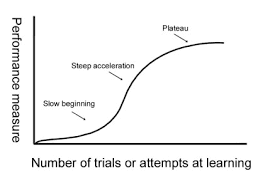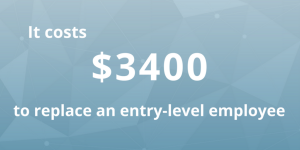Negative audiences help reduce wasted spend and prevent shoppers from being retargeted with products too many times.
With the blurring of match type accuracy, PPC has become more about audience targeting than ever before. Ad platforms offer almost infinite ways to slice and dice audiences to reach the perfect customers for your brand.
As you build an audience strategy, identifying the people you don’t want to target is just as important as finding the people you do want to reach. Negative audiences help reduce wasted spend, ensure people see the right messaging at the right stage of the funnel, and prevent weary shoppers from being retargeted with products too many times.
In this article, I’ll share five audiences you should consider excluding from some or all of your PPC campaigns.
Job seekers
If job applicants are coming to your outdoor gear site simply to look for open positions, chances are they’re probably not in the market for a new backpack. So you don’t want to waste retargeting spend showing them ads for your latest sale.

You can generally identify these people by building a URL-based audience for the Careers page on your site. If you link to a third-party site for job applications, see if you can pixel that site, or track clicks to that site as a Google Analytics event to then build an audience for exclusion.
Current customers
Current customers fall under the PPC industry’s favorite “it depends” category. Depending on your business model, you may want to exclude current customers from all campaigns.
You can create the audience for exclusion by uploading a customer match list of emails associated with customers. In addition, if your product offers a web-based login, you can build a retargeting audience based on people who have accessed pages that would indicate their status as a paying customer.
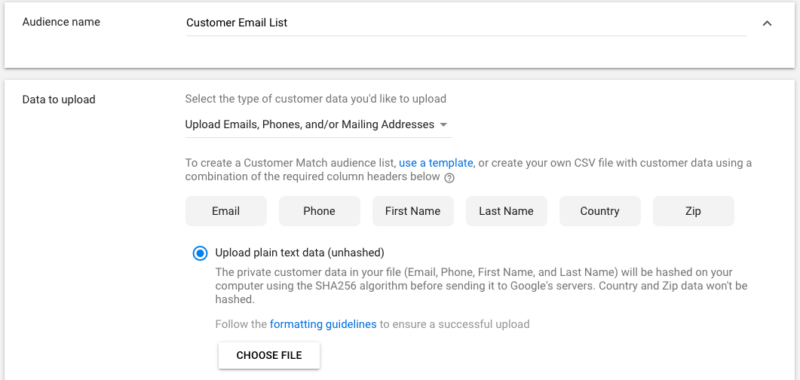
In some cases, you may want to continue to target existing customers. For instance, some software clients I work with have opportunities to upsell current customers on additional features. You may want to segment customers so they aren’t included in campaigns related to Product A, which they already pay for, but include them in campaigns related to Product B.
Along the same lines, e-commerce brands often find value in recurring revenue from people who bought in the past. You can segment past purchasers into their own audiences to see how these individuals perform and bid accordingly.
Support seekers
If people are browsing support pages, they’re more than likely existing customers looking for help using your product, not shopping for your product. You can build retargeting audiences based on URLs associated with the support section of your site and exclude these from campaigns.
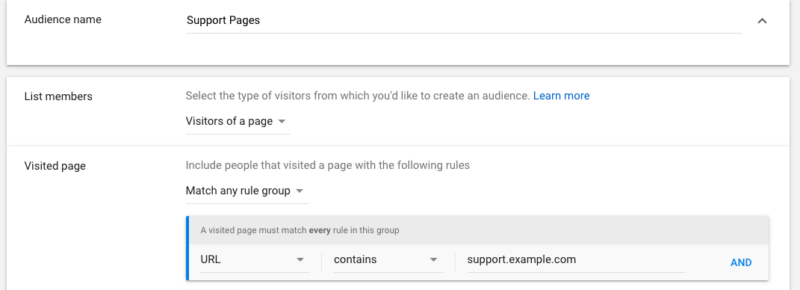
Of course, nuances apply, as in other instances, where you may want to target existing customers in some cases. For example, people looking for support with one product could be upsold on an additional add-on. Or if you offer premium support you can promote that opportunity through remarketing.
Past converters
Your strategy for targeting or excluding past converters (not necessarily customers, but people who have engaged with a conversion action such as submitting a contact form) will also depend on your business goals. As one example, say you have a multi-step funnel for working people up to the point of sales.
At the initial point of contact, people are offered an asset in exchange for their information. After submitting the form, you can then add them to a retargeting list based on hitting the “thank you” page for that asset.
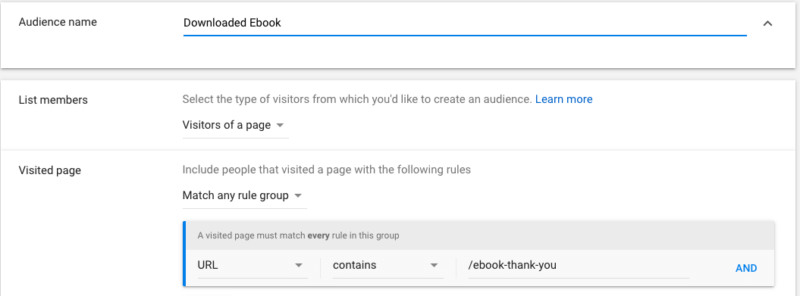
Next, you exclude them from the asset campaign, since they already have the asset in hand, but add the audience to another campaign where the call-to-action is to schedule a product demo. You can then ensure you’re not duplicating messaging for something they’ve already seen (annoying them and likely wasting your money) but instead moving them to take the next step of raising their hand for interest in your product.
Retargeting audiences in non-retargeting campaigns
If you’re running dedicated retargeting campaigns, make sure you’re not also still reaching the same people in other campaigns. This setup allows both data and ad messaging to stay properly segmented by audience.
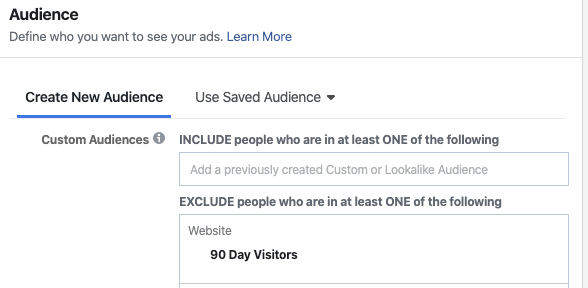
For instance, you may be running an interest targeting campaign on Facebook. People who come to your site from that campaign are added to a retargeting audience and served separate messaging, but also still fall under the original interests audience. You’ll want to add the retargeting audience as an exclusion in the interest targeting campaign to keep from duplication.
Start refining your audiences
While this article offers five examples of potential negative audiences, you may brainstorm others as you think through your marketing approach and the people you do (or don’t) want to see your ads. Stop wasting money on the wrong people who won’t convert, and focus your spend toward the right audience!
Opinions expressed in this article are those of the guest author and not necessarily Marketing Land. Staff authors are listed here.
Marketing Land – Internet Marketing News, Strategies & Tips
(32)
Report Post


